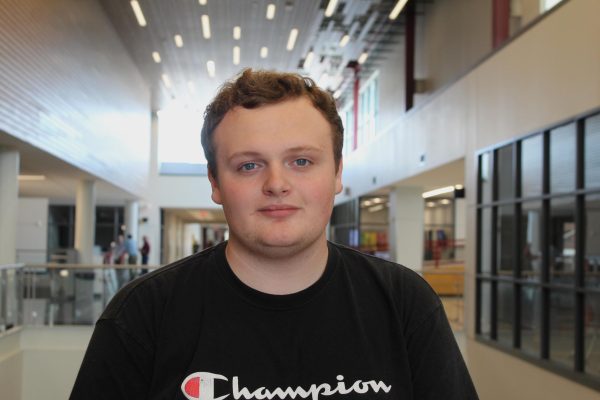On May 12, Advanced Robotics classes went on a trip to compete in the Sea, Air and Land Challenge, a yearly robotics competition held by Penn State Altoona in partnership with the U. S. Navy. This year’s event was poised to test students’ engineering skills with challenges ranging from land robots to drones and even submersibles.
One student involved in this year’s challenge was senior Jonathan Rudy. As a member of the air team, Rudy has spent countless hours designing and 3D printing mechanisms for their drone, which will drop small BBs to hit a target.
“It’s been a lot of 3D modeling and printing to get everything just right,” Rudy said. “We’re going up against another team from our class, which makes it a little more intense.”
Rudy is no stranger to competition, having won the challenge in his sophomore year. Last year, his team had to miss out due to issues with the drone, but this year he was hopeful for another victory.
“I’m hoping we can pull off a win this year too—especially since it’s my senior year, ” Rudy said.
On the other side of the competition, senior Evan Esper is focused on the land robot challenge, where his team will navigate obstacles and sort blocks by color and number.
“We’re controlling the robot to pick up the blocks and place them in the right containers,” Esper said. “It’s all about precision and strategy, especially with the obstacles in the way. We’ve been practicing a lot to get it just right.”
Vivian Krouse, another senior involved in the robotics program, highlighted the diversity of the teams and their unique preparations.
“We’re a land team, so we used a kit to build our robot and practice on the blocks,” Krouse said. “The air teams are doing something different with their drones and drop mechanisms. Each team has a unique focus, which makes the whole thing interesting.”
Franklin Harpster, the robotics teacher overseeing the competition preparations, emphasized the importance of collaboration and design thinking.
“It’s called the Sea, Air and Land Challenge for a reason,” Harpster said. “Each team has its own task—whether it’s navigating a land robot, building a submersible or designing a custom drone. The students get to learn valuable problem-solving skills and apply them in real-world scenarios.”
Harpster is also looking forward to seeing the students succeed and have fun despite the intense preparation.
“It can get stressful, but at the end of the day, I just want the students to enjoy the experience and showcase all they’ve learned,” he said.
The challenge, which involves both high school and middle school teams, has become a staple event for students in the area. Harpster noted that the competition has grown in popularity over the years, with a mix of local schools coming together to compete and collaborate.
“We’ve traditionally done well at this competition, and we’re hopeful for another strong performance this year,” Harpster said. “But no matter what, the students get to experience the thrill of competing, working together and presenting their designs.”
For students like Rudy, Esper and Krouse, the competition offers more than just a chance to win—it’s about applying what they’ve learned, facing new challenges and working as a team to solve complex problems.
“It’s been a great experience all around,” Rudy said. “We’ve all learned so much through this process. It’s fun to see our ideas take shape and get to compete against other teams.”
For those interested in joining the robotics team in the future, Harpster encouraged students to explore the possibilities.
“If you’re interested and willing to put in the time and effort, it’s a great experience,” Harpster said. “Talk to the current students, get involved, and you could be part of something really special next year.”


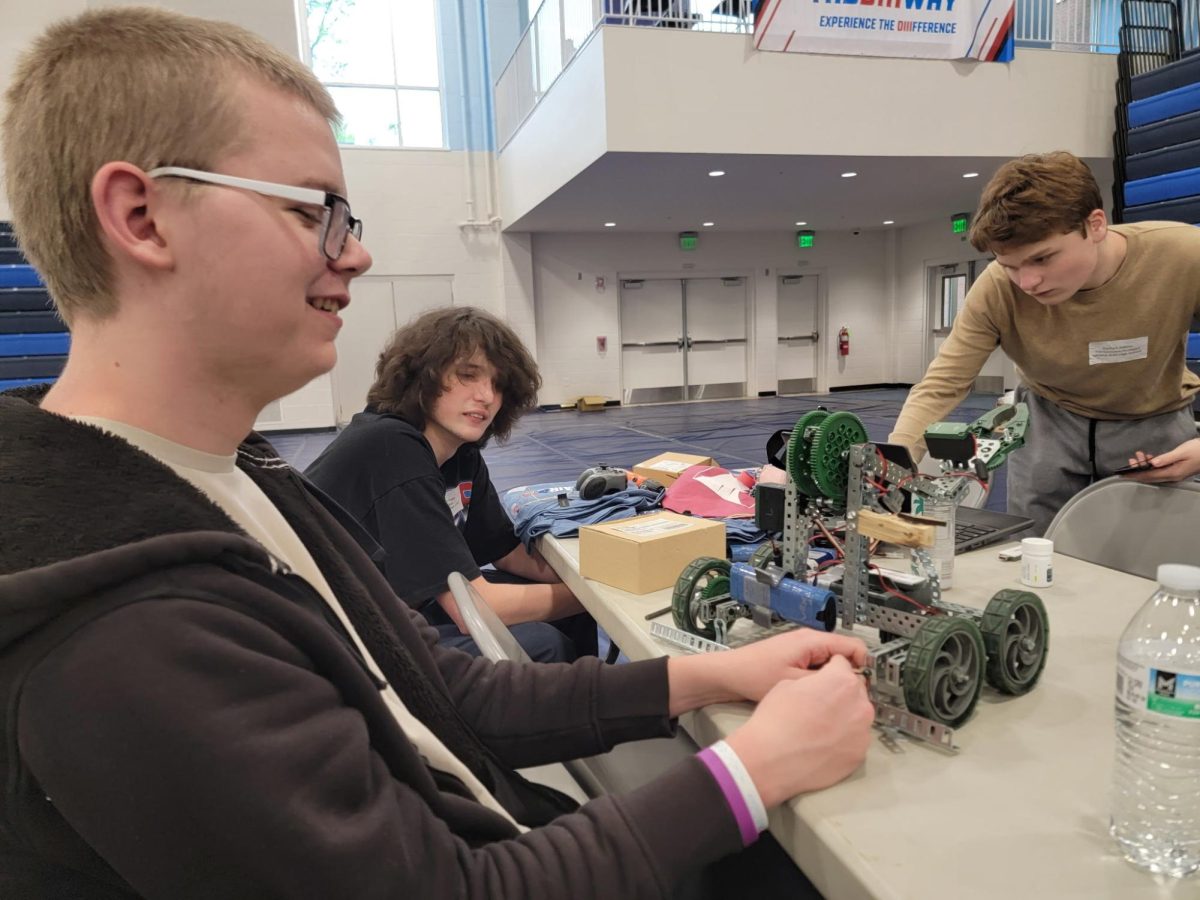
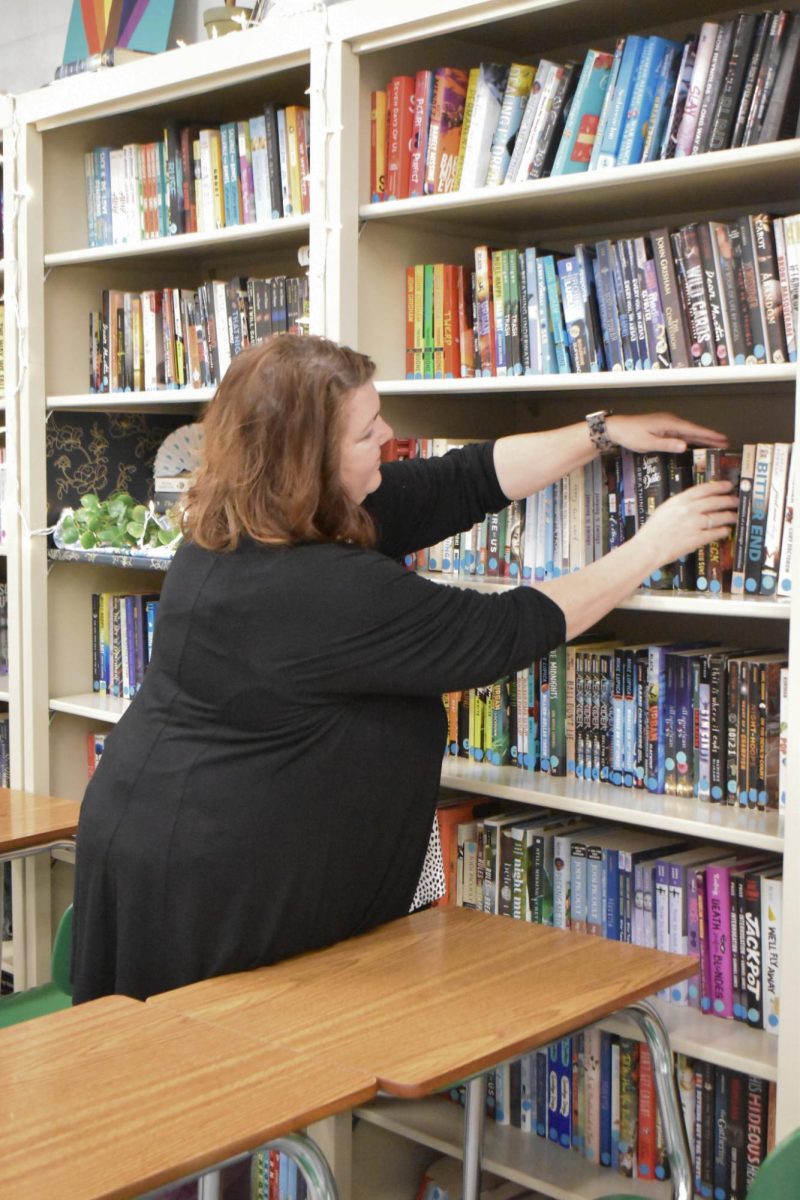
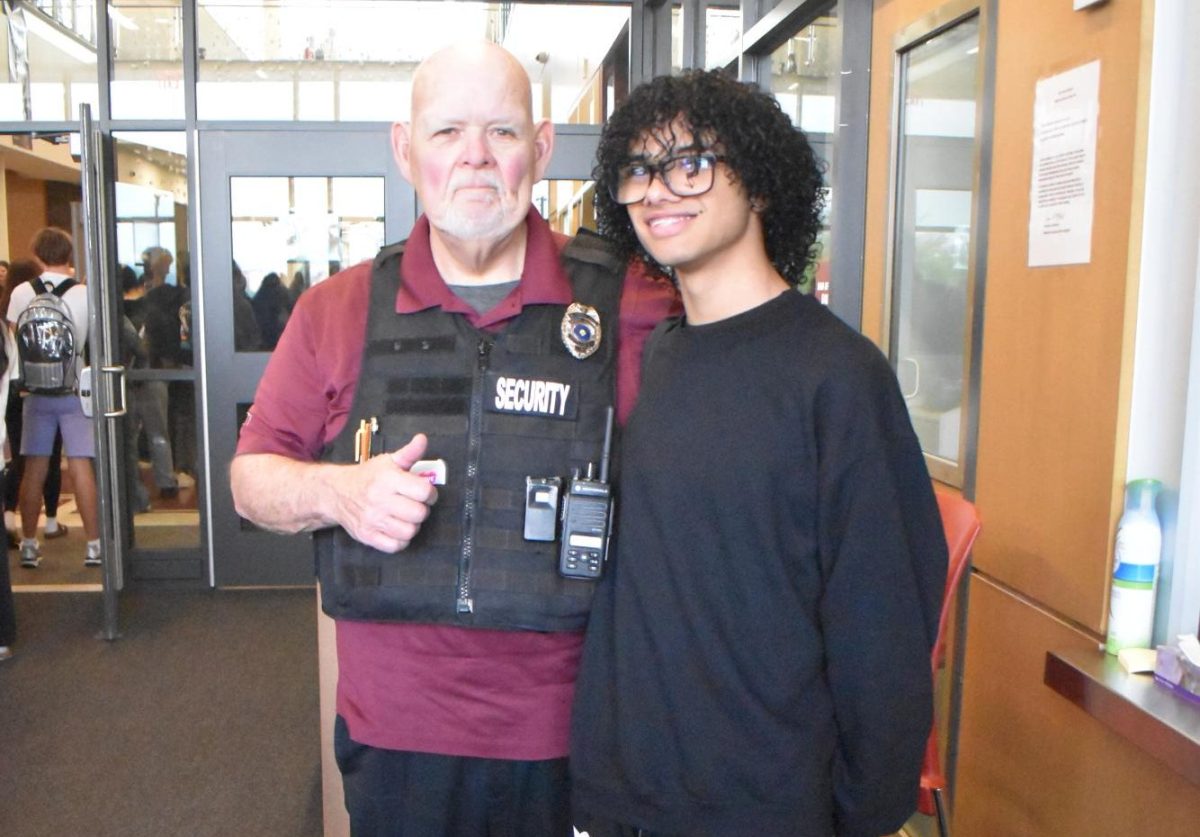
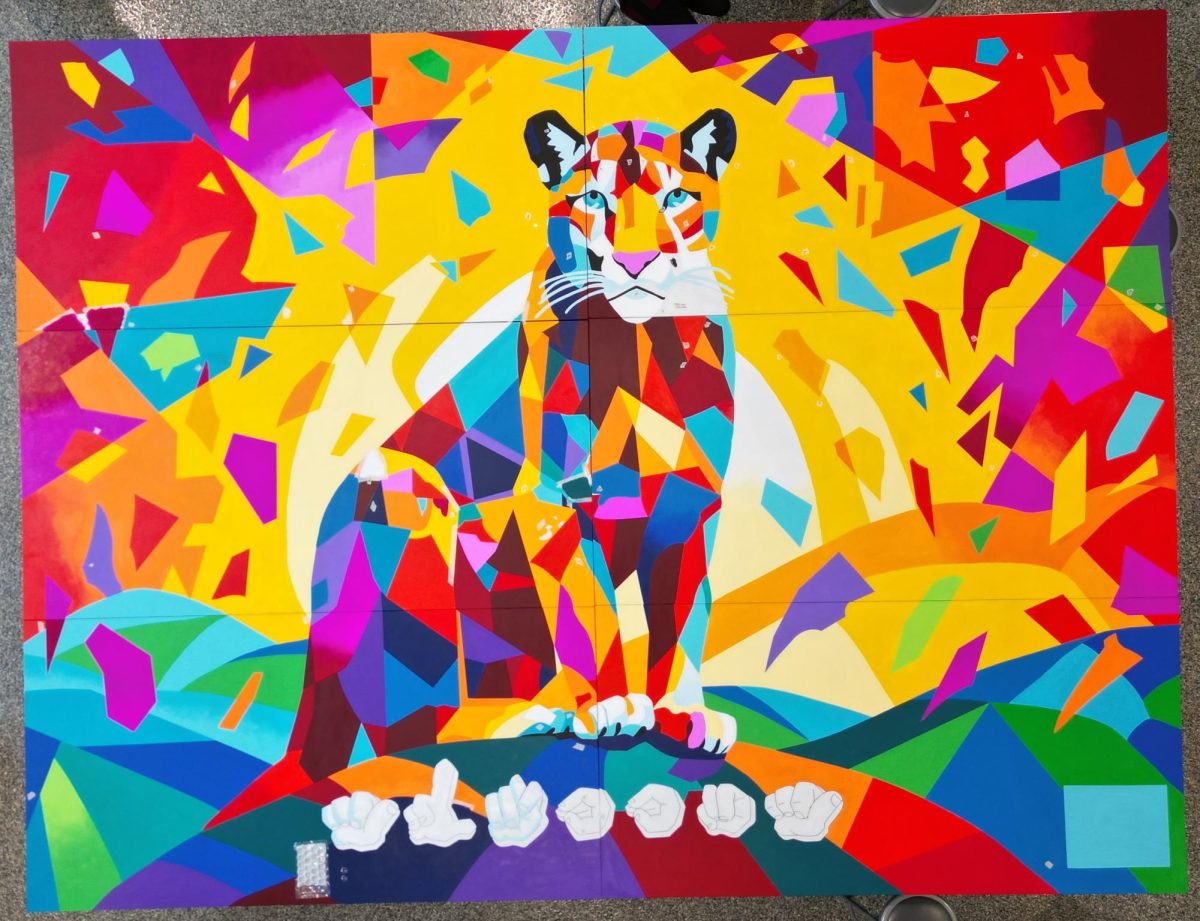
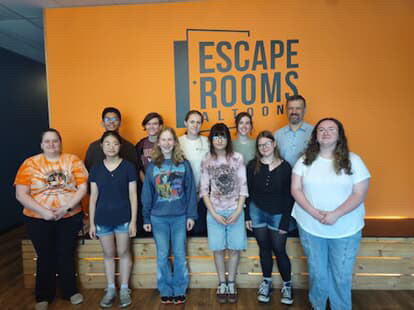
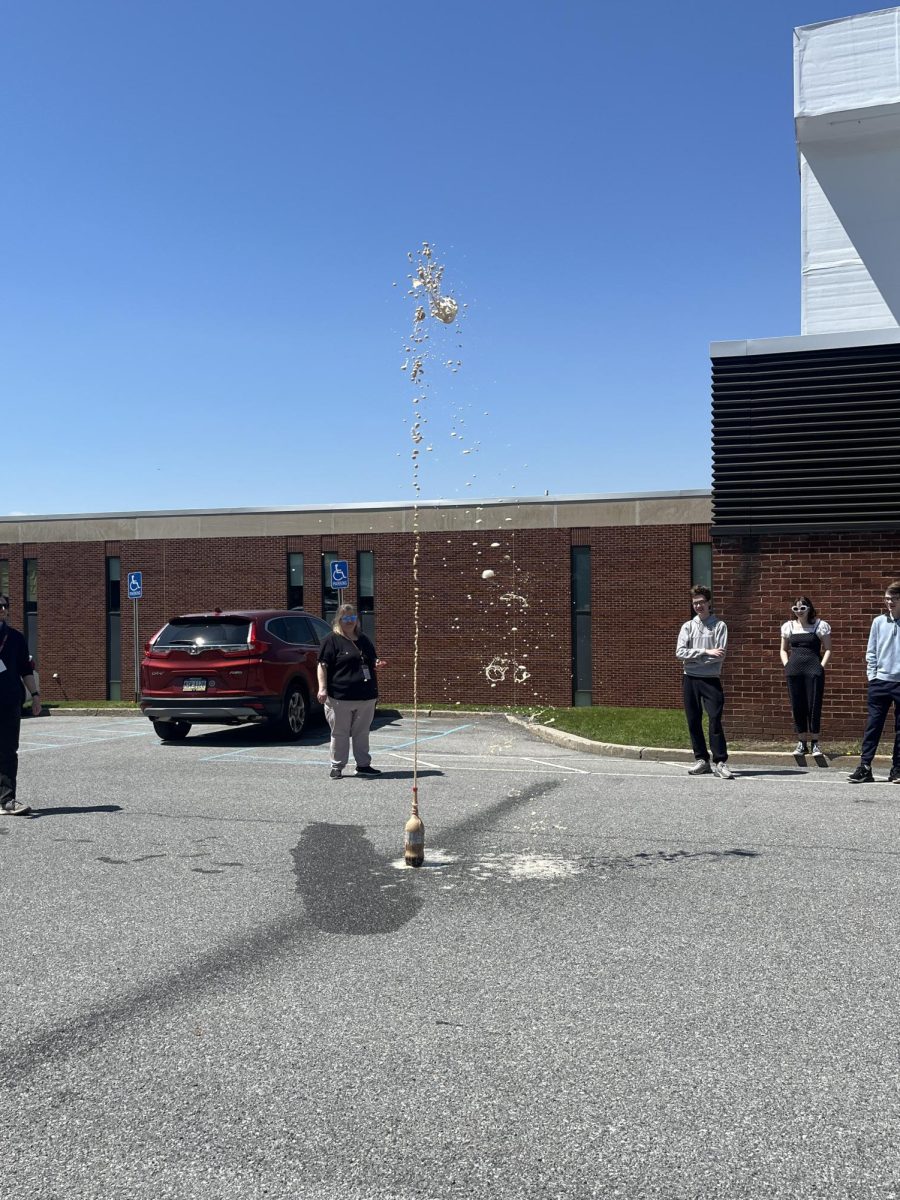
![Mountain lions. At the end of this school year, both K. Detwiler and L. Detwiler are retiring. Both have taught music for over 30 years. "[Retirement] was a decision my husband and I made together," K. Detwiler said. "This is 35 years for me, and that's kind of when retirement age comes with teachers. Both of my children this past summer have moved out of Altoona. That was a big factor in it as well. We want to be able to go and visit. We are a very tight family, and we just haven't been able to see them. We're deciding it's time to put them first. They have sat second for a long time because of these jobs we have." [From left to right: L. Detwiler, K. Detwiler] (Photo contributed by Kelly Detwiler)](https://aahsmountainecho.com/wp-content/uploads/2025/05/IMG_0191-901x1200.jpg)
